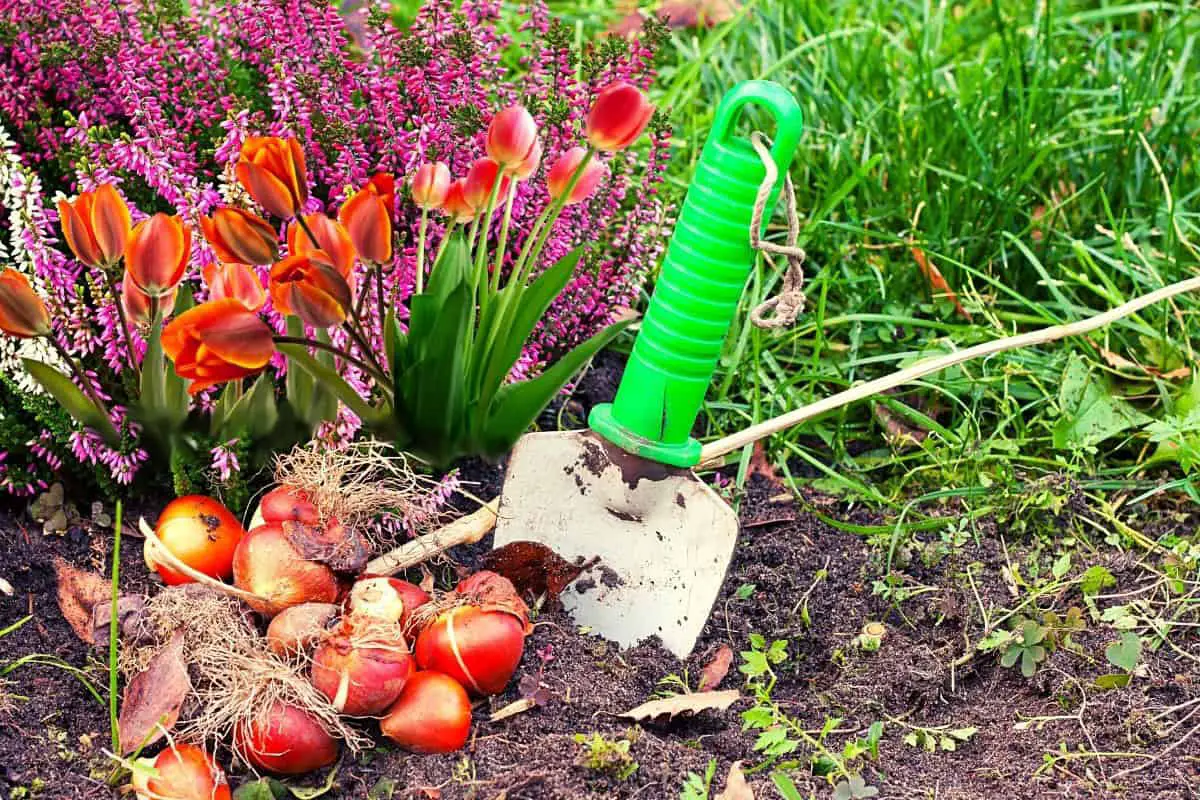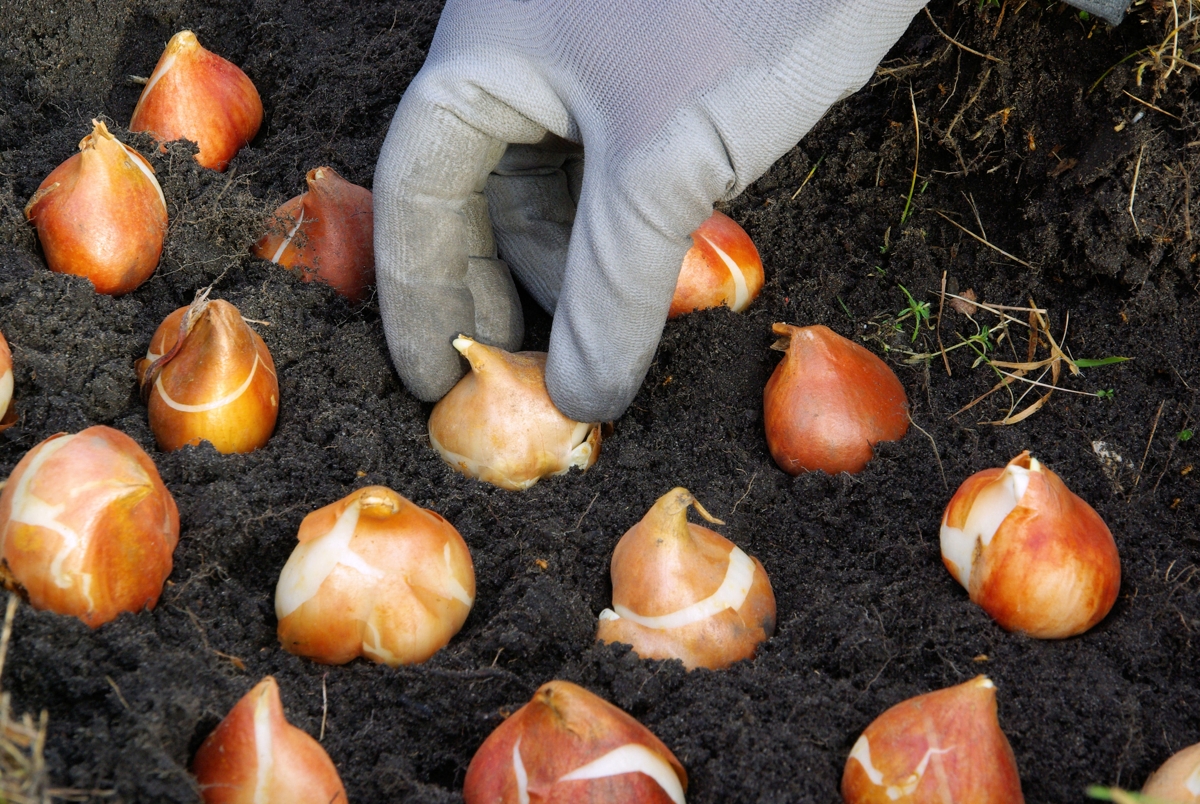The Joy of Planting Tulips: A Guide to Brighten Up Your Garden
As the spring season approaches, many garden enthusiasts are gearing up to plant their favorite flowers, including the vibrant and colorful tulips. With their beautiful hues and graceful blooms, tulips are a popular choice for gardeners looking to add some brightness to their outdoor space. If you’re new to tulip planting or just looking for some helpful tips, you’ve come to the right place! In this article, we’ll discuss everything you need to know about planting tulips, from when to plant them to how to take care of them.
When to Plant Tulips
Tulips are best planted in the fall, around September to November, before the ground freezes. This allows the bulbs to establish their roots before the winter sets in. However, if you missed the fall planting window, don’t worry – you can still plant tulips in the spring as soon as the ground is workable. Just keep in mind that spring-planted tulips may not bloom as vigorously as those planted in the fall.
How Deep to Plant Tulip Bulbs
When planting tulip bulbs, it’s essential to dig a hole that is about 3 times deeper than the height of the bulb. This means if you have a 2-inch bulb, you should plant it in a hole that is 6 inches deep. Make sure to place the bulb pointy side up and cover it with soil, pressing down gently to remove any air pockets. Water the newly planted bulbs thoroughly to help them settle in.
Taking Care of Your Tulips
Once your tulips are planted, it’s essential to provide them with the proper care to ensure they thrive. Tulips prefer well-draining soil and full sun, so choose a location in your garden that receives at least 6 hours of sunlight per day. Water your tulips regularly, especially during dry periods, but be careful not to overwater them, as this can lead to rotting.
Additionally, you can apply a slow-release fertilizer in the spring to help nourish your tulips throughout the growing season. Deadhead spent blooms to encourage new growth and remove any yellowing or diseased foliage to prevent the spread of diseases.
Dos and Don’ts of Tulip Planting
Do plant your tulip bulbs in well-draining soil to prevent rotting. Don’t plant them in areas that are prone to waterlogging.
Do water your tulips regularly, especially during dry periods. Don’t overwater them, as this can lead to bulb rot.
Do fertilize your tulips in the spring to promote healthy growth. Don’t over-fertilize, as this can harm the bulbs.
In conclusion, planting tulips can bring a pop of color and joy to your garden. By following these simple tips and guidelines, you can enjoy the beauty of tulips year after year. So, roll up your sleeves, grab your gardening tools, and get ready to plant some tulips that will brighten up your outdoor space!

source: www.hunker.com
Are you in search of the precise complement to how to plant tulip bulbs? Look no more than our vast range of premium alternative. We have exactly what you need.

source: gardeningdream.com
Are you looking to find the perfect addition to how to plant tulip bulbs? Search no further than our wide range of top-quality selection. We have what you need.

source: gardenerdy.com
Are you looking for the perfect addition to how to plant tulip bulbs? Look no further than our vast selection of top-quality choice. We have exactly what you need.
Either you prefer how to plant tulip bulbs a vast selection available online that cater to everyone’s interests. Our how to plant tulip bulbs collections are a great way to see what selection are available and to understand what is trending. So why the wait? Start your ideas and unleash your adventurous side now! We are hoping this article of how to plant tulip bulbs can be useful.
